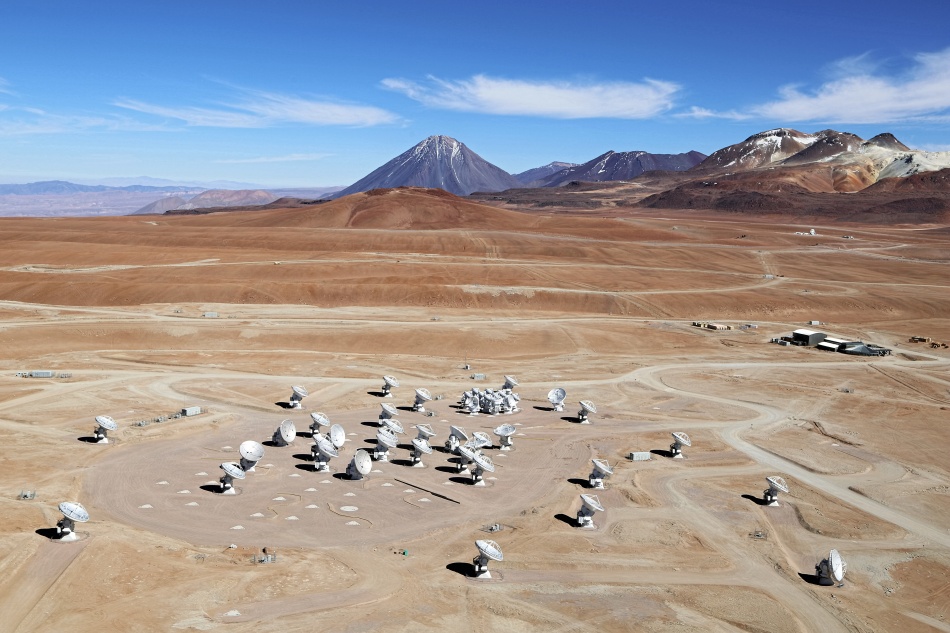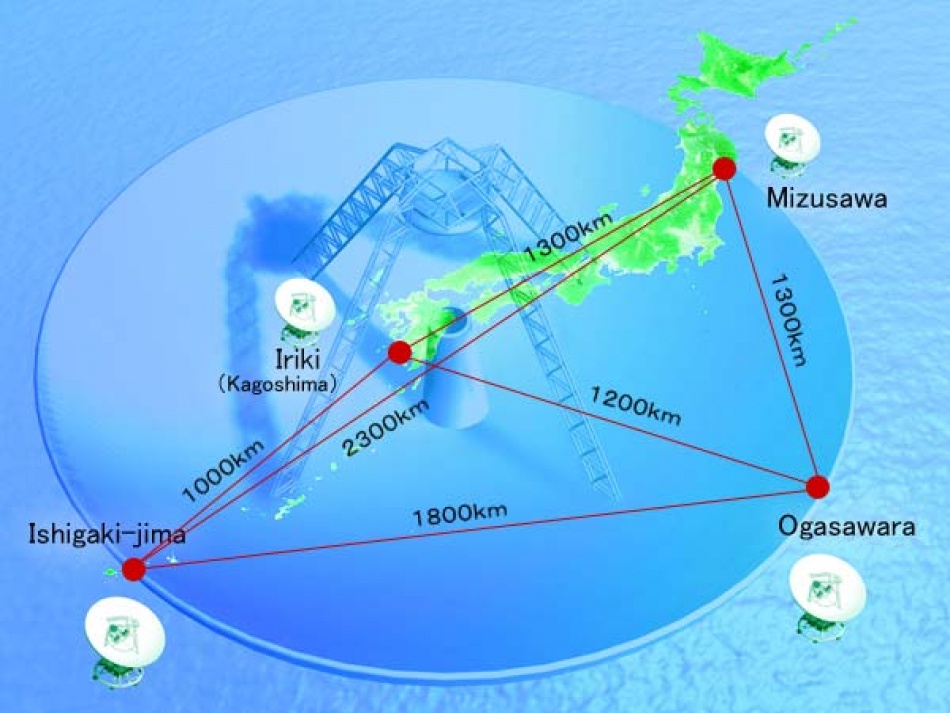Observation
The research team selected the nearest region of massive star-formation, Orion KL, for the ALMA observation. Stars with 8 times more mass than the Sun are forming in Orion KL. The distance to Orion KL is estimated to be about 1400 light-years, and it has been well studied since its discovery in 1967 because of its vicinity.
The research team carried out observations of Source I in Orion KL with VERA. The team observed the launching point of a bipolar outflow, and found a cluster of vibrationally excited SiO masers tracing an outflow arising from the surface of the disk. The team uncovered a high-speed jet from the region surrounding Source I by observing the SiO masers. The other research group found a compact radio continuum source associated with the center of these vibrationally excited SiO masers. This radio source is interpreted as an edge-on disk. However, the nature of Source I is still controversial. The structure of this region is complex. Many large and small jets are blowing off in various directions. Thus, interpretation of the observations was sometimes different and some researchers deny the existence of the disk and jets.
Previously, the research team successfully found radio signals emitted by high temperature water vapor by analyzing ALMA’s data. When the data was taken, ALMA was in the science verification phase before full operation so the resolution was not high enough to uncover the nature of the molecular gas associated with the hot water vapor. Hirota, the leader of this study, said, “We proposed additional ALMA observations to understand Source I. We got very good quality data! The resolution is three times higher than the previous data set.”
The team used the two radio lines emitted by water molecules at the frequencies of 321 GHz and 336 GHz, which are thought to correspond to gas temperatures of 1700 and 2700 degrees Celsius, respectively. Thus, these lines are suitable tracers to study the closest region of Source I.

